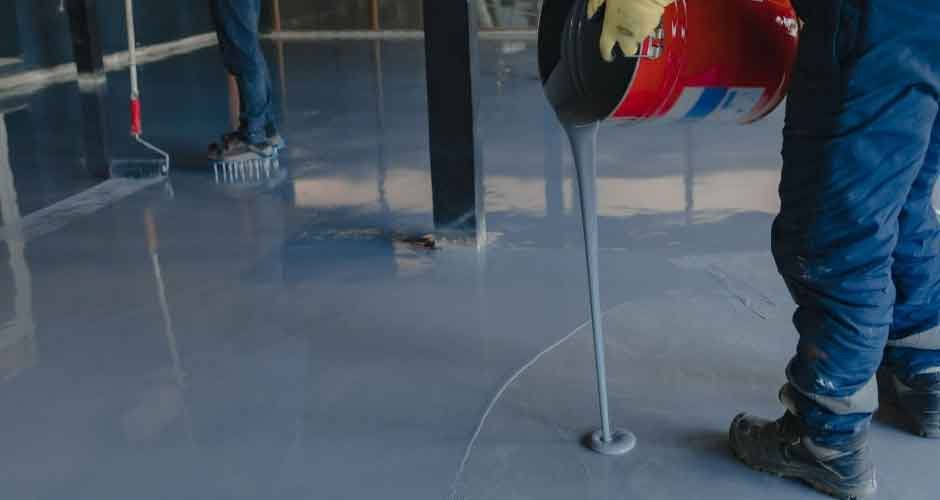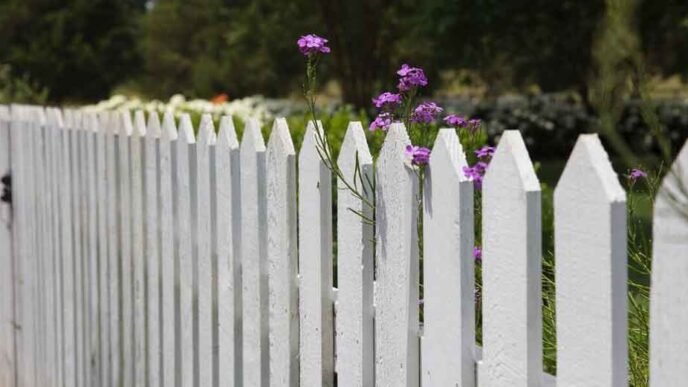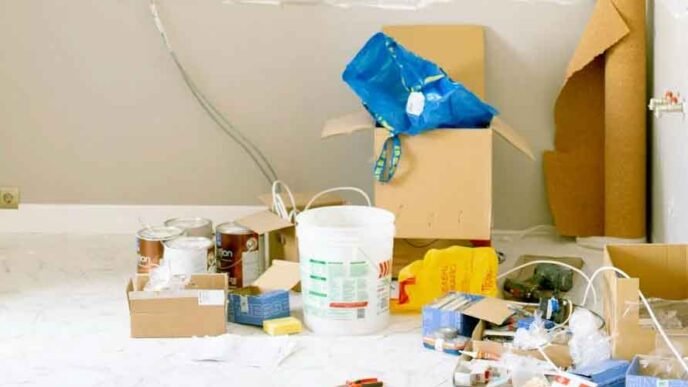A tough and resilient floor coating is essential for both residential and commercial spaces, especially in areas subjected to heavy traffic and potential spills. Applying the right floor coating can enhance the durability, appearance, and safety of your floors. In this guide, we’ll cover the essential tips for applying a resilient floor coating, ensuring you achieve a professional and long-lasting finish.
Understanding Floor Coatings
Floor coatings come in various types, each with its own set of benefits. Among the most popular choices for durability and resilience are epoxy and polyurethane floor paints. These coatings are known for their ability to withstand significant wear and tear, making them ideal for high-traffic areas such as garages, warehouses, and industrial settings. Polyurethane floor paints, in particular, offer excellent resistance to chemicals, UV light, and abrasion, providing a versatile and durable solution.
Preparation: The Key to Success
Proper preparation is critical to the success of any floor coating application. Skipping or rushing through this step can lead to poor adhesion, peeling, and a less durable finish.
- Clean Thoroughly
Start by thoroughly cleaning the floor to remove any dirt, grease, or other contaminants. For concrete floors, use a degreaser and a stiff brush to scrub away any stains. Wooden floors may require sanding to remove old paint or varnish and to smooth out the surface. The cleaner the surface, the better the coating will adhere.
- Repair Any Damage
Inspect the floor for any cracks, holes, or other damage. Use a concrete patching compound for concrete floors and wood filler for wooden floors to repair these imperfections. Allow the repairs to dry completely before proceeding to the next step.
- Etch Concrete Floors
For concrete floors, etching helps create a rough texture that allows the coating to adhere better. Use a concrete etcher according to the manufacturer’s instructions, and rinse the floor thoroughly afterward. Ensure the floor is completely dry before applying any coatings.
- Prime the Surface
Applying a primer is essential for ensuring good adhesion and a smooth finish. Choose a primer suitable for your floor type—concrete, wood, etc. Apply the primer evenly and allow it to dry according to the manufacturer’s instructions. Priming helps seal the surface and provides a uniform base for the floor coating.
Applying the Floor Coating
Once your floor is properly prepared, you can start applying the floor coating. Here’s how to do it effectively:
- Choose the Right Tools
Use the appropriate tools for applying the floor coating. Rollers with extension handles are ideal for large areas, while brushes are necessary for cutting in edges and corners. Make sure your tools are clean and in good condition to avoid any streaks or uneven application.
- Mix the Coating Properly
If you’re using a two-part system like epoxy, thoroughly mix the resin and hardener according to the manufacturer’s instructions. For single-component paints, stir the paint well before use. Proper mixing ensures that the coating cures correctly and performs as expected.
- Cut In the Edges
Start by using a brush to cut in the edges and corners of the floor. This ensures that these areas are well-covered and helps create a clean line where the roller will meet the wall. Take your time to ensure even coverage and avoid drips.
- Roll on the Coating
Using a roller, apply the floor coating in small sections. Work in a “W” or “M” pattern to ensure even coverage and to avoid lap marks. Apply the coating evenly and avoid overloading the roller, which can lead to drips and an uneven finish.
- Apply Multiple Coats
Depending on the type of coating and the desired finish, you may need to apply multiple coats. Allow each coat to dry completely before applying the next one. This ensures a durable and resilient finish. Follow the manufacturer’s instructions for drying times and the number of recommended coats.
Curing and Final Touches
After applying the floor coating, proper curing and final touches are crucial for achieving a tough and resilient finish.
- Allow Proper Curing Time
Ensure that the coating has adequate time to cure before subjecting it to foot traffic or placing furniture on it. This can vary from a few days to a week, depending on the type of coating and environmental conditions. Follow the manufacturer’s guidelines for curing times to ensure the best results.
- Add a Topcoat (Optional)
For additional durability, consider applying a clear topcoat over the base coat. This can provide extra protection against wear and tear and enhance the appearance of the floor. Polyurethane topcoats are particularly effective for adding a high-gloss, resilient finish.
- Inspect and Touch Up
Once the coating has cured, inspect the floor for any missed spots or imperfections. Touch up these areas as needed to ensure a flawless finish. Attention to detail at this stage can significantly impact the overall appearance and longevity of the coating.
Maintenance Tips
To keep your newly coated floor looking its best, follow these maintenance tips:
- Regular Cleaning
Sweep or vacuum the floor regularly to remove dirt and debris. Use a damp mop with a mild detergent for deeper cleaning. Avoid using harsh chemicals or abrasive cleaners that can damage the coating.
- Protective Pads
Place protective pads under furniture legs to prevent scratches and dents. This is especially important for high-traffic areas where furniture is frequently moved.
- Prompt Repairs
Address any chips or scratches immediately to prevent further damage. Touch up with leftover paint or coating as needed to maintain the integrity of the finish.
Applying a tough, resilient floor coating requires careful preparation, the right materials, and proper application techniques. Whether you choose epoxy or polyurethane floor paints, following these tips will help you achieve a durable and attractive finish that can withstand heavy use. By investing time and effort into each step of the process, from cleaning and priming to applying and curing, you can ensure that your floors remain in excellent condition for years to come. Remember, the key to success lies in the details, so take your time and follow the guidelines to create a floor coating that not only looks great but also stands the test of time.












